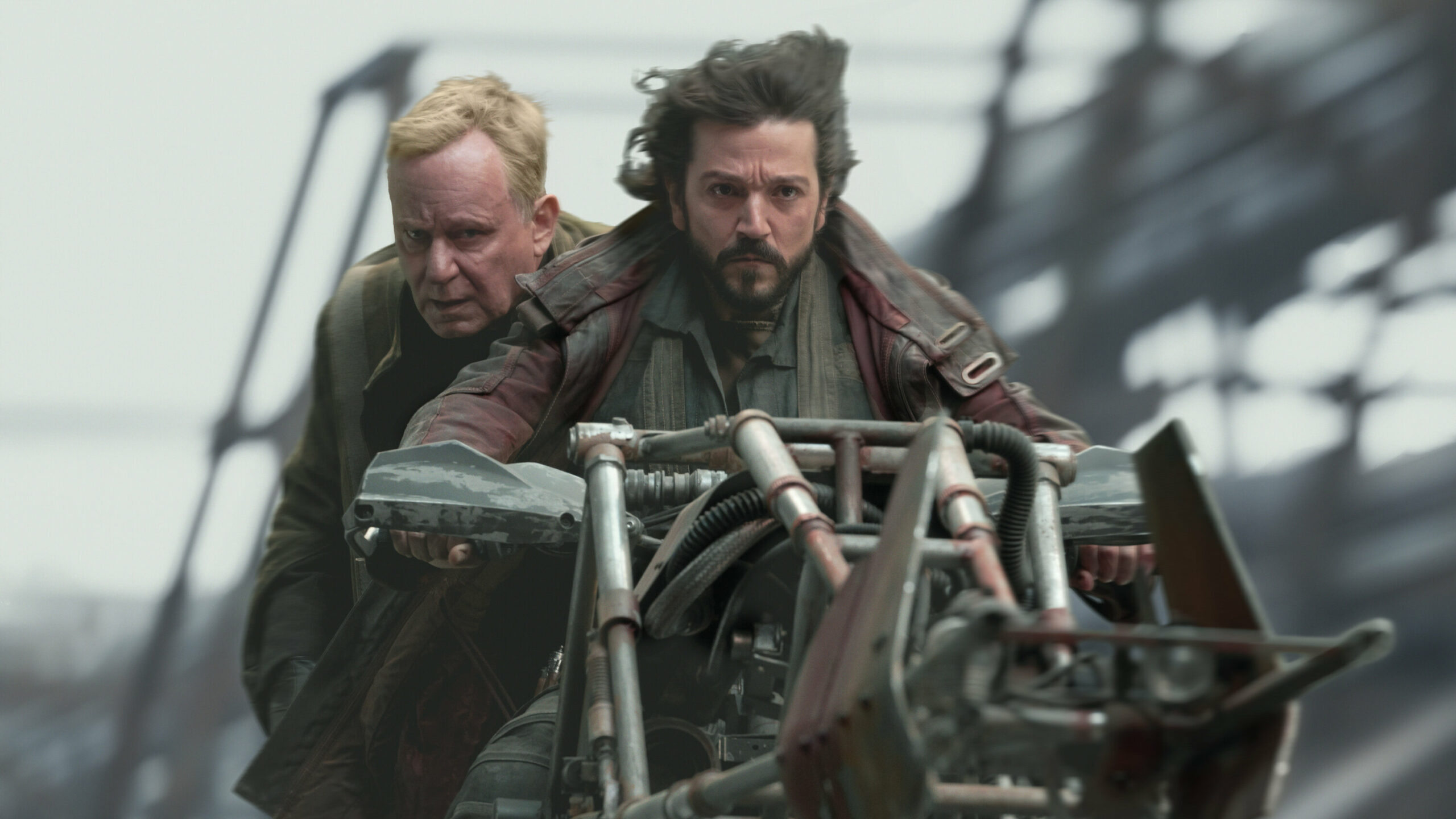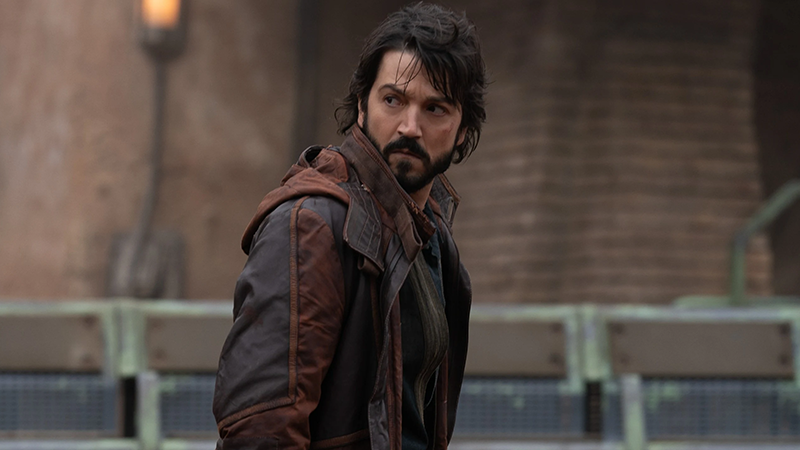Andor-Review; Tony Gilroy’s Star Wars Series Reawakes The Rebellion With Something New
In the 2016 Star Wars film Rogue One, Diego Luna’s rakish robber-rebel Cassian Andor was dying alongside his other honorable conspirators when we last saw him. Although the character’s ending was heartfelt and rather brutal for a franchise so focused on simple fan gratification, it was truly only the beginning. Nowadays, it’s hard to keep a character dead in Star Wars or most other I.P., which is why a new Disney+ series called Andor will debut on September 21.
Another Star Wars series could make one scoff, as I did, especially since all four of them—Andor included—are prequels to at least some of the films. What more can be gleaned from the brief intervals of time that existed between the Empire’s control and its fall or the emergence of a new one? Who is truly demanding that the holes be filled?
But with Tony Gilroy as its writer-creator, Andor succeeds in self-promotion more than its forerunners. The Mandalorian’s episodic, the picture-book format may be preferred by some viewers. Others, though, will be enthralled by Andor’s tense seriousness, its finely tuned emotional stakes, and its bursts of witty banter. Even people who don’t know everything there is to know about Star Wars will enjoy Andor at its best.

Of course, some background is required. For instance, you must be aware that, in terms of the timeline of the tale, the show takes place just before the events of the first Star Wars movie. In Rogue One, Andor and other characters steal the blueprints for the Death Star, a monstrous space station that destroys planets and was initially detonated in 1977. Andor delves deeper into the past of its hero, from a scraggly, self-centered robber searching for a lost sister to a reluctant conscript into the rebel forces battling the Empire. I’m not certain if anyone really started a fan campaign to have that specific tale explained, but Gilroy persuades us of its importance—or, at the very least, of its potential.
Instead of taking place in the halls of Washington, D.C., or, say, 1940s Germany, he created a tense espionage thriller that is set in a variety of worlds. Gilroy writes with a flinty sharpness that gives everything a disarming air of credibility. Which, I know, is a ridiculous thing to say about a space fantasy, but Gilroy offers Andor some of the same sly, yet knowing texture that he achieved with Michael Clayton.

The show’s complex morality contributes to some of its appeals. In the first few minutes of the program, we see Luna’s solemnly muscular character, Andor, murdering two security guards who had tried to mug him. He has so committed a wrong, albeit against evildoers. If you wanted to go that far, Andor could be interpreted as being against state aggression, mercenaries, or law enforcement. which would represent a more politicized position than the majority of other Disney+ originals have. Gilroy, though, gives his portrayal of power relations some shading while also hinting at some of the damage the uprising brought about. In reality, Cassian and his peers stand in for the millions of victims of war who have been injured by bombs and lasers launched from both sides and are buried beneath the rubble.
Despite this, the show doesn’t feel contradictory. So far (I’ve watched four episodes), the motivations of both heroes and villains are pleasantly nuanced. The show calls for a closer look than its contemporaries because the darker liminal areas are significantly more captivating than the brighter absolutes found elsewhere.
The series is given a tarnished palette by Gilroy, Toby Haynes, and Susanna White, with sharply shot greys, mossy greens, and fading blues. We’re in the dull, practical, industrial parts of the Star Wars galaxy, where little gleams, so there isn’t much flair or whimsy here. Up until the shock of the capital planet, with its spotless exteriors and brilliant white interiors, the stark economic divide between the ruler and the subjugated is felt.

The choice to forego a key piece of technology prominently used by the other Star Wars series, which are mostly shot on a soundstage surrounded by a 360-degree LED screen, a device originally used for The Mandalorian, was perhaps most important in attaining the show’s perceptible tone. On Andor, the protagonists move through sophisticated, real-world sets and settings, such as the ominous Scottish Highlands. Andor serves as a reminder of how uncommon it is now to witness Star Wars or Marvel heroes standing on real ground.
Andor is a captivating mystery that isn’t connected to any other larger tale, and it practically stands alone. In their depressing thriller, Gilroy, and Luna, together with stars Stellan Skarsgard, Adria Arjona, Fiona Shaw, and a seductively evil Kyle Soller, convincingly shift a vast connected universe away from the cozily old and toward the jolt of something slightly fresh.
Anything concerning the suffering of the underclasses that fall under such a gilded cover must, of course, be scrutinized for any hints of hypocrisy. But with two-thirds of the season still to go, Andor is entertaining enough to bear that criticism thus far. If Andor keeps its confident style, it might be the closest Disney+ has ever come to going its own way.

